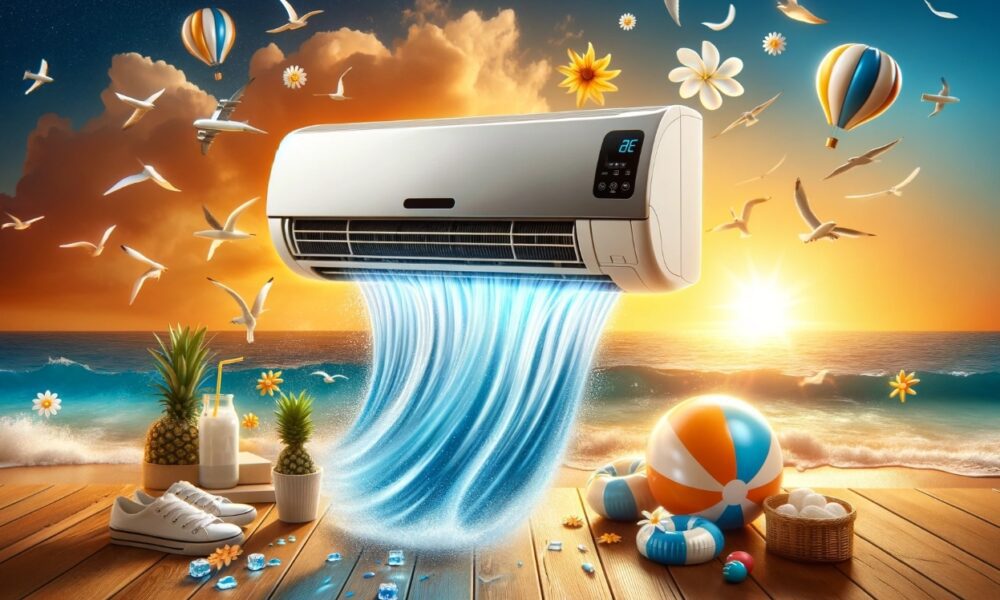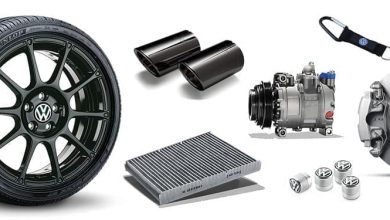How Green Technologies Are Reshaping Air Conditioning

As we grapple with global warming and rising global temperatures, air conditioning is no longer just about comfort but a necessity in many parts of the world. The first modern air conditioning system, developed by Willis Carrier in 1902, was originally intended to control humidity in a printing plant.
Today, air conditioning systems are critical components of homes, offices, and transportation systems, reflecting significant technological evolution. However, the urgency to innovate is accelerating as the demand for energy-efficient and environmentally friendly solutions grows. This blog will explore the current landscape of air conditioning technology, recent innovations, and exciting prospects.
Current State of Air Conditioning Technology

Air conditioning systems come in various forms, including central air units, window units, portable systems, and split models, each catering to different spatial and economic needs.
At their core, most of these systems use vapor-compression refrigeration cycles involving environmentally harmful refrigerants such as hydrochlorofluorocarbons (HCFCs) and hydrofluorocarbons (HFCs). These potent greenhouse gases contribute significantly to global warming when leaked into the atmosphere.
Globally, air conditioners consume about 10% of worldwide electricity, with projections suggesting this could triple by 2050 as more units are installed in burgeoning middle-class areas in hot climates. The environmental impact and the growing energy demand spotlight the critical need for revolutionary changes in how we cool our environments.
Emerging Technologies in Air Conditioning
The future of air conditioning technology is bright, with pioneering innovations aimed at overcoming current shortcomings. One such development uses phase-change materials (PCMs), which absorb and release heat as they oscillate between solid and liquid states. These materials can significantly reduce energy consumption by leveling indoor temperatures naturally.
Another promising area is non-vapor compression technology, which eliminates the need for harmful refrigerants. Techniques such as magnetic cooling and electrocaloric systems use solid-state materials and require less energy, offering a dual benefit of reduced environmental impact and lower operational costs.
Moreover, integrating renewable energy sources like solar power into air conditioning systems is gaining traction. Solar-powered air conditioners and hybrid systems that can operate off-grid are particularly appealing in remote and sun-rich regions, paving the way for broader, more sustainable adoption.
Environmental Impact and Sustainability
The drive toward sustainability is reshaping the air conditioning industry. Traditional systems are energy-intensive and rely on harmful refrigerants. In response, newer technologies aim to minimize energy use and use greener materials that reduce or eliminate the dependency on dangerous chemicals.
Governments worldwide are imposing stricter regulations on traditional refrigerants, with replacements like hydrofluoroolefins (HFOs) and natural alternatives such as propane and ammonia gaining favor. These changes, while beneficial for the environment, require significant adaptation in terms of equipment and industry practices.
Smart Systems and IoT Integration
Integrating smart technology into air conditioning systems represents a transformative shift towards more efficient and user-friendly environments. Smart thermostats and AI-driven optimization algorithms can dynamically adjust settings based on real-time environmental and occupancy data, significantly reducing wasted energy.
IoT-enabled systems give users unprecedented control over indoor climates via smartphones and voice-assisted devices. These systems can also predict maintenance needs and optimize their operation for weather forecasts, enhancing their efficiency and extending their lifespans.
Future Trends and Predictions
The air conditioning market is set to grow exponentially, driven by innovation and increased demand from emerging markets. Consumer preferences are likely to favor systems that offer greater control, efficiency, and environmental stewardship.
In addition, as urbanization increases, the development of centralized cooling solutions or district cooling systems could offer efficient, large-scale alternatives to individual air conditioning units. These systems, which distribute cooling energy from a centralized location, could become a feature of smart cities, providing efficient, reliable, and sustainable cooling solutions.
The future of air conditioning is not just about technological innovation but balancing efficiency, user demand, and environmental impact. As we continue to face global warming challenges, air conditioning will play a pivotal role in making our living and working environments more sustainable and comfortable.
The path forward will involve embracing new technologies that align with global sustainability goals while addressing the growing demand for cooling solutions.





